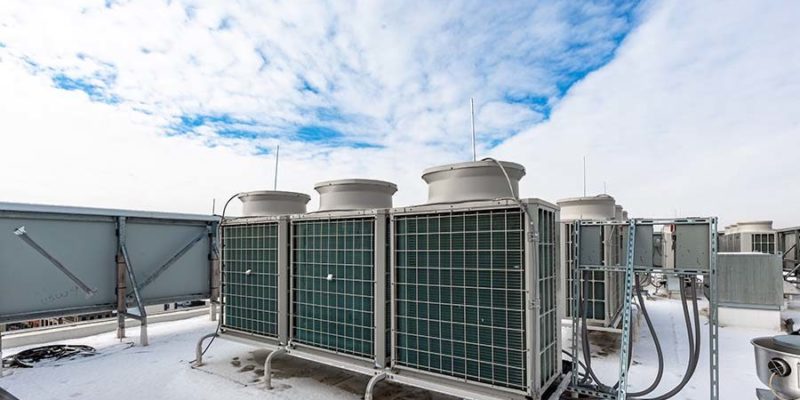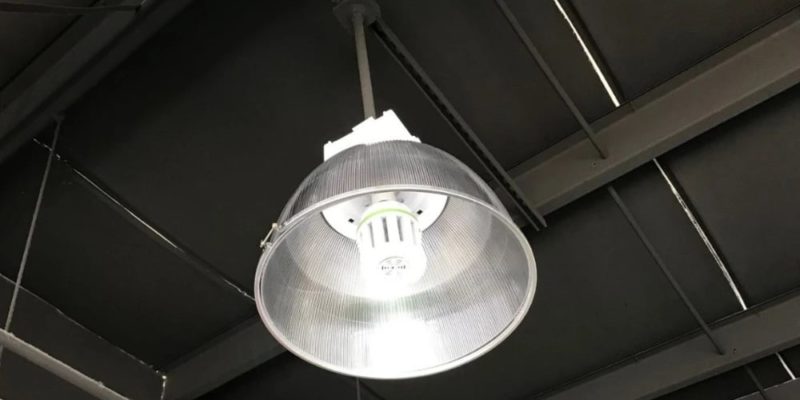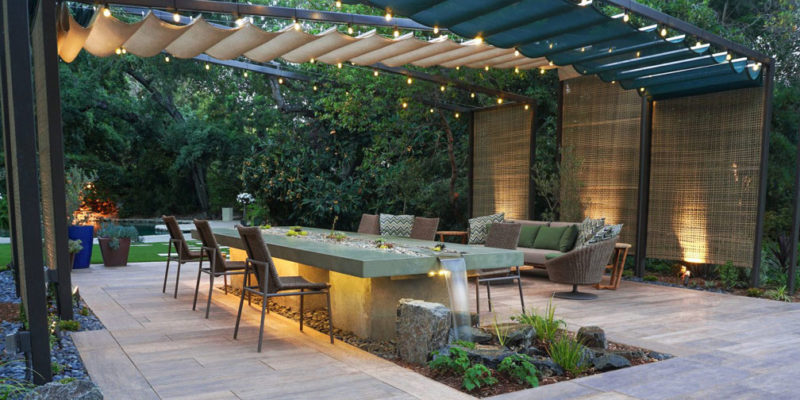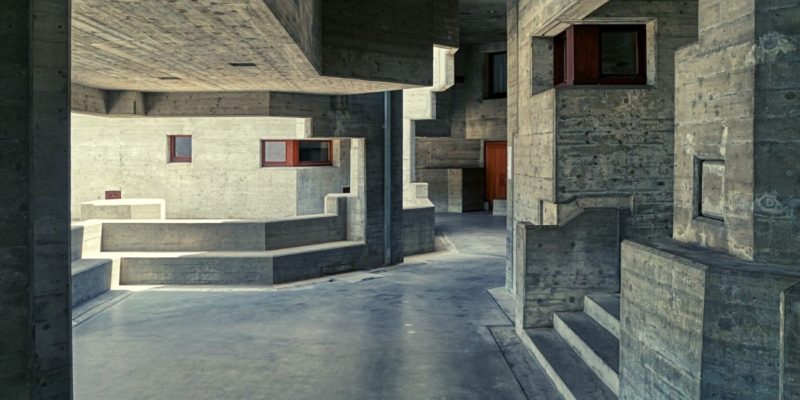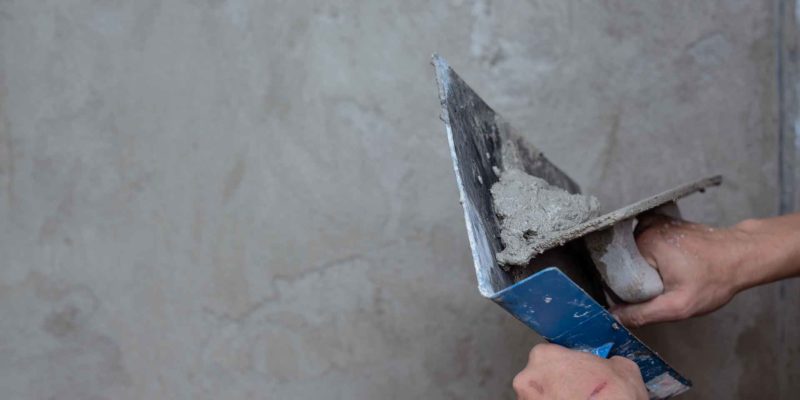Q: What HVAC systems are Title-24 compliant and energy-efficient?
A: Meeting Title-24 standards for HVAC (Heating, Ventilation, and Air Conditioning) in California is essential for energy efficiency and environmental sustainability. A standout solution that combines compliance and energy efficiency is the Variable Refrigerant Flow (VRF) system, such as Mitsubishi Electric’s CITY MULTI®.
Here’s why VRF systems like CITY MULTI® are an excellent choice:
. Zoned Cooling and Heating: VRF systems allow for precise zoning, which means you can control the temperature in individual rooms or zones. This zoning flexibility enhances comfort and energy efficiency.
. Energy Efficiency: VRF systems are known for their energy efficiency. They adjust the refrigerant flow to match the specific cooling or heating demands of each zone, reducing energy waste.
. Smart Controls: Mitsubishi Electric’s CITY MULTI® offers advanced control options, allowing you to monitor and adjust your HVAC system remotely. This feature further enhances energy savings by optimizing performance based on your preferences.
. Compliance with Title-24: VRF systems are designed to meet or exceed Title-24 requirements, making them a reliable choice for ensuring your HVAC system complies with California’s stringent energy standards.
. Quiet Operation: These systems operate quietly, ensuring a peaceful and comfortable indoor environment.
When considering HVAC solutions, especially for larger residential estates, VRF systems like Mitsubishi Electric’s CITY MULTI® offer a combination of energy efficiency, compliance with Title-24, and advanced features that enhance overall comfort and sustainability in your home.
These comprehensive answers provide detailed information on various aspects of home building while adhering to California building codes in 2023. They cover topics like framing, stucco, audio/video, waterproofing, stone/tile, carpentry, concrete, hardscape, and Title-24 compliance, offering homeowners the technical knowledge needed for informed decisions during the building process.

